|
If you’re anything like me, you have worries. You worry about your health, your finances, about the way the world is and, of course, about how much you worry! I've managed to find a way to reduce my worries, using a tool we call: The STOP technique. This blog will tell you all about it and help you to try and relax your anxieties. THE LOGIC BEHIND THE STOP TECHNIQUE This version is an excerpt of the full STOP technique that we teach in our 6 week course. Both Mark and I have adapted it over the years, experimenting with the best wording. Regardless of the prompts, there are four main stages or 'principles' that we are trying to cultivate in our relationship with life:
HOW WE FORMED COPING STRATEGIES We all have a worldview of belief systems from our past experiences, culture and education. Deep within these are lots of unconscious expectations about how ‘I’ should be and how ‘others’ should be. These result in patterns of behaviour that are designed to help us fit in and survive. We call these ‘coping strategies’. Some coping strategies work well in the modern world. Others create larger problems than the ones they were originally intended to solve. This is because they are leftover from a different phase in life, from a different context, where survival meant using tactics of aggression, avoidance, anesthesia or appeasing others (Fight, Flight, Freeze, Appease). I call these ‘problematic coping strategies’. MY PROBLEMATIC COPING STRATEGIES In my case I experienced plenty of bullying at school, from both boys and girls, which led me to believe:
IT TAKES TIME AND PRACTICE
When I first used this tool it was clunky and slow and I got too obsessed with the words, but after some practice I internalised the desire for learning and for inner peace, and prioritized those traits over the need to be right, or impressive, or afraid. I now live life as an adventure, full of curiosity, and with a very simple awareness: It is not situations that cause us problems, it is our internalised beliefs. If we explore our beliefs we come to realise that all problems are opportunities for growth... If we are willing to dig into them.
0 Comments
If you have been to my classes or read some of my other blogs you’ll know that mindfulness is not just about attitude of the mind, but it is all informed by the attitude of the body, and especially the most fundamental aspects of physiology; like the breath. This blog is written to give you a breakdown of the techniques, but also the background philosophy - why would you bother to undertake a breathing practice? After all, it’s a natural bodily function that doesn’t require any conscious effort. I’ve notice that when people in my classes initially regulate the breath, interrupting the automatic function, they say it seems clunky or feels awkward - like we’d be better off leaving it alone. Yet, with mindful noticing they also sense changes in the body - calming and releasing of tension. I have found profound learning from playing with the breath - So here are my experiences and research. BREATHING FROM THE PAST Unconscious / automatic breathing is largely doing a good job for you (keeping you alive) and you can still potentially improve it, because it is inevitably conditioned by some experiences in your life that have formed mental associations. For example, you may notice your body / mind going into panic over a misspoken word with a colleague, which may unconsciously remind you of being rejected by an old friend - a painful memory buried in the subconscious. These memories are not conscious, so you only know something is out-of-sync with reality by noticing the physical reaction first. We tend to be unaware of the changes in our breathing that dramatically add to our emotional state. These daily occurrences of disproportionate reactions are fuelled by negative mental associations, and if we do not become aware of them and start working with then we add to them, gradually reinforcing the embodied reactions. STRESSFUL BREATH If you continue to act unaware of this, the body will eventually create pain or attain disease, which forces you to pay attention and change something. Continued ‘stressful breathing’ (like short sharp breaths, or shallow breaths) releases adrenaline and cortisol into the bloodstream unnecessarily, which stresses the body. Much like looking at your teeth and then brushing appropriately reduces the stress of tooth decay we can reduce stress by watching the breath, becoming more conscious of what situations or thoughts are associated with ‘stressful breathing’. This will tell you a lot about you mind and areas of ‘fear’ or avoidance. We can then alter the way we breathe.
TRAP If we remain unconscious of the breath patterns we often act on impulse. Here our reaction to rising emotional panic might be to ‘act out’ (including blaming something / someone else) or ‘retreat’ (which may include shutting down and therefore retreating inwardly). This is known as the fight or flight function of the instinctive and emotional brain (the amygdala). Indulging this can lead us into a T.R.A.P. of our own ignorance, where the following happens (and may have been happening for some time):
LEARN FROM EXCITEMENT, INCLUDING SPORTS We can learn and develop the ability to reprogram positive patterns in the mind and body. A good way to do this is to bring presence to any situation where breath changes due to excitement. As an example I’ll share where I first learned about conscious breathing - rock climbing! I learned this the hard way - trial and error in extreme situations. I would get to a dangerous moment on the rock, where, if overly focused on the dangers, I began to panic, then I’d be in serious trouble! (I had a couple of nasty falls). So I learned in these moments that the best initial response to the rising panic was to purposefully breath longer and smoother breaths. I would then direct my focus to my feet and hands, and my immediate surroundings, checking things were okay. Then I could more accurately assess the risks, from a place of relative calm objectivity, rather than emotional panic. At times I added more confidence boosting strategies like a mantra (a mind affirmation repeated over and over), or by verbalising ‘It’s ok, I’m ok” and telling myself what I was going to do next. I would literally talk myself through it! REPROGRAMMING Early warning signs that panic is rising can be found in the sensations of tension and the change of breath. By noticing breath when it becomes short & sharp or shallow, and respond with a little playfulness and presence we can program a reaction to any stress trigger. This is what I learned - to program in the following response to stress; I slow down for a moment and become B.O.L.D:
"The trick is to keep breathing" - Janice Galloway PERSEVERE WITH SOME OBJECTIVE PERSPECTIVE This can apply to normal life as much as it can extreme situations; imagine you are at work and you are trying to make headway with a difficult project, but you feel frustrated. Take a moment and notice your bodily sensations and your breath. Then, play with it; control your breath. This is essentially about changing something simple, partly to break the existing pattern. The simplest thing to change is focus and breath. However, changing your physical location and posture can also aid this transition to calm, so if it helps, get up from the desk and do this in a different place. This will give you better perspective to objectively assess and then refocus. At first it might seem to make things worse. This is for two main reasons:
TAKE IT EASY The trick is to bring in an element of playfulness and ease - don’t try too hard or you will simply add to the panic. Gradually the automatic response to the trigger of shallow / holding breath patterns becomes more healthy Shortly after you can create a habit of opening up or dropping negative thinking with mini moments of objectivity - meditation, for example. This calms the physiology of the body, lowers adrenaline and cortisol level and oxygenates the blood, ready for refocusing on calm action. This will also help the body and mind stay healthy and balanced. LOOKING AHEAD: IT’S NOT WHAT YOU DO, BUT HOW AND WHY YOU DO IT. The psychological aspect to breathing well can be as important and the physiological (depending on your background beliefs and attitude). You could create a nocebo effect as a result of cynicism - that is, you may counteract any positive effect the breathing may give you by giving too much weighting to your opposing concepts and beliefs, rather than being willing to try the experience. In this instance conscious breathing will probably result in wasted energy and perhaps even more negative thinking and emotion. So don’t do it if your mind is in resistance - don’t force it. PLACEBO OF BELIEF Conversely a placebo effect may give you some short-term benefits, but if you assign too much weighting to this one thing then you are in danger of becoming fixated on one tool as a ‘magic bullet’. Placebo is a powerful product of mind beliefs, yet without presence (noticing & objectively) of the mind and body you could become ignorant of the changing reality of your life situation and hide other useful truths from yourself. A good example is rock climbing again - if one becomes overly confident through the use of breath, visualisation and boldness, one may go too far and take on a challenge that exceeds ones ability, and then have a nasty accident. MY EXPERIENCE - FIND THE BALANCE For me an approach of openness, awareness and playfulness yields good results. I like to imagine the breath healing me (which it does, scientifically proven) and I imagine warm feelings as I breath - visualising the oxygen enlivening my cells. These are things that may not be real, but which are helpful. I may imagine light pouring in, or a mantra as I breath like “It’s ok, I’m ok.” I can then more clearly imagine what I want - visualising it, whilst being sensitive to my body (which will tell me if what I am imagining is unrealistic, by manifesting tension). This is an ‘intuitive’ way and for some people the ‘logical’ way makes more sense. A highly scientific and sceptical mind may require more quantitative research before integrating a new practice - which may (or may not) remove mental barriers to trying this willingly. This is neither good nor bad and I always encourage thinking for oneself and I try to present these blogs not as facts, but as experiences and opinions. “Remember to breathe. It is after all, the secret of life.” POTENTIAL BENEFITS It’s hard to disentangle this subtle level of placebo that the positive thinking adds, so I don’t worry too much and I enjoy the benefits, aware that my psychology is partly responsible, and occasionally questioning myself or being open to other perspectives. I have researched and found the potential benefits that regular practice of relaxed yet conscious, slow breathing can have:
All of these are potential, because there are a lot of factors at play, not least of which include diet, mental attitude, hydration levels, nuanced context of external stressors. For example, when at the office and noticing the breath during a break t may also be useful to notice if you are thirsty, hungry, sleepy or need the loo. These are important physiological needs that may also be affecting the breath and negative thinking. Nonetheless, as a simple and effective tool I have found breathwork to be invaluable. IS IT EMBARRASSING? It can be, depending on the environment you are in. It may be inappropriate to meditate at your desk and start breathing deeply. So take yourself elsewhere to do this. There is a theory by Dan Harris that the in the next decade meditation (which often involves breathing in stillness with your eyes closed, noticing the breath and the body) will be as accepted as jogging is (in comparison to how it was viewed 30 years ago - as a fad). So for now, find a place to do this where you feel safe. CAN TECHNOLOGY HELP? Yes - one of the great modern devices, the smartphone, now has access to thousands of free apps, that really help. I have done a quick review of the top 10 free iPhone apps: 5. Nirvana Fitness: breathing fitness to music. The idea is nice, breathing in different timings to music, which can work, but I found it a little clunky and has a lack of options on the free mode. 4. 3 Minute Mediation: A mix of breathing styles, but only 1 or 2 offered on the free model and the timer is, in my opinion, unattractive and difficult to follow. 3. Pranayama Free: An interesting concept with a 3d model of the body and lungs to show you exactly what should be going on inside as you breathe. I quite liked it, but again had very limited options. 2. Deep Breathing Exercises: This had a funny star shaped timer, which was ok, with nice back music and lots of options. It had more ads than other apps, which bugged me. 1. Breathe Deep: My favourite of the apps with lots of options and personalisation. Simple graphics and quick to load. I use this last app occasionally when I’m working, in my breaks, because it takes away some of the energy input required to do the breathing work and trains in accurate regulation. The downsides are that sometimes I’m not really paying attention to my body as I breathe and I think that presence is helpful to optimize the process and get the most benefit. 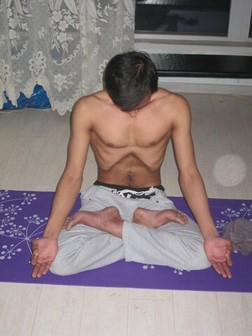 WHAT ARE THE COMMON BREATHING METHODS? Below I have outlined some popular techniques, all of which I’ve tried, some of which for more than a few months. Feel free to skim them at first to see the breadth of possibility. Some of these have been pioneered by the practice of yoga Prāṇāyāma is a Sanskrit word alternatively translated as "extension of the prāṇa (breath or life force)" or "breath control." The word is composed from two Sanskrit words: prana meaning life force (noted particularly as the breath), and either yama (to restrain or control the prana, implying a set of breathing techniques where the breath is intentionally altered in order to produce specific results). This is well used and researched and utilises the concept of Chakras (energy point or nodes in the body, of which there are though to be seven major chakras, which are arranged vertically along the axial channel, from the base of the pelvis to the top of the head). These are not conclusively proven in science. There are several techniques but these are the most common: Ujjayi breathing "the ocean breath". Unlike some other forms of pranayama, the ujjayi breath is typically done in association with asana practice (varied postures designed to stretch and exercise the whole body). Ujjayi is a diaphragmatic breath, which first fills the lower belly (activating the first and second chakras), rises to the lower rib cage (the third and fourth chakras), and finally moves into the upper chest and throat. The technique is very similar to the three-part Tu-Na breathing found in Taoist Qigong practice:
Kapal Bhati Pranayama or Skull Shining Breathing Technique is about calming and bringing your focus into the present moment. It goes like this:
Alternate Nostril Breathing Technique (Nadi Shodhan Pranayama) which is supposed to bring balance through alternating sides and it works as follows:
SOME WESTERN STYLES I'VE TRIED Whilst yoga uses the belief structures or concepts of Chakras other techniques have been pioneered in the west using scientific research. Remember we are unique and what works for one person may not be universal. Self- experimentation is key, in my opinion. Wim Hoff method. The Dutch man Wim Hof is a charismatic teacher of mind-body techniques and a record breaker for endurance, commonly nicknamed "The Iceman" for his ability to withstand extreme cold, which he attributes to exposure to cold, meditation and breathing techniques (similar to the Tibetan technique Tummo). He worked closely with scientists around the world to prove that his techniques work. A 2014 study published in the Proceedings of the National Academy of Sciences (USA) claims that by consciously hyperventilating, Wim can increase his heart rate, adrenaline levels and blood alkalinity. The report concludes “These results could have important implications for the treatment of conditions associated with excessive or persistent inflammation, such as autoimmune diseases.” The breathing element is as follows:
Box/Square Breathing (or other timings): origin unknown, but used by well researched practitioners like Dave Asprey
Buteyko Breathing is something quite different, that I experimented with this year. It was developed in the 80’s in Russia by Dr Konstantin Buteyko, as a cure for asthma, based on the premise that one of the causes of asthma is over-breathing (hyperventilation), particularly through the mouth, which, according to the theory, causes too much O2 and then inflamed airways as the body’s defence. So therefore the system involves shallow breathing through the nose in order to promote increased clean air intake and increased carbon dioxide in the lungs, and therefore improving the balance of O2 in the blood. This process can be quite stressful and it is not recommended to try this alone and without expert help, for fear of passing out. The independent did an interesting article on it, which shows successful cases, but also discusses the the reason it isn’t popular is partly due to some scientists dispute the physiological claims that the Buteyko practitioners teach. www.buteyko.co.uk/
Anger is like a storm rising up from the bottom of your consciousness. When you feel it coming, turn your focus to your breath. - Thich Nhat Hanh CONCLUSIONS Whatever you decide to do, take it easy. I would suggest giving a few slow, deep breaths a go next time you notice you are stressed or stuck. Changing one thing can alleviate stress just long enough for your mind to think clearly again. My practice has evolved by trying all of these and now do a mixture of the Wim Hoff breath to energise me, the box breathing to calm me into focus and just simple deep, conscious breaths whenever I notice I’m stagnant or tense. Being B.O.L.D (Breathing, Objectivity, Looking up ahead, Doing it) has reprogrammed my mind to more easily come back to the present moment and then into a clearer focus. Give it a go, with care, playfulness and presence. An inspiration - a long, deep breath of the pure air of thought - could alone give health to the heart. - Richard Jefferies INTRODUCTION Welcome to this third and final blog, all about procrastination, which seems at first, a simple thing, but when looking deeper it presents insights into the very purpose of why we bother to do anything. The three parts of this series are: Part 1: Understanding Procrastination invited us to recognise, investigate and understand procrastination in a new way Part 2: Just do it now looks at how we can see it at a deeper level and how we can head it off, quickly. Part 3: Turn the ship around (this blog) looks at addressing the source of our procrastination - habitual fear that we don’t know where we are going. This is formed by our associations and values, for which we need safe harbour to analyse and work on. This will involve training, time, awareness and forgiveness. It may seem to ‘take too long’ or ‘not worth it’ but my experience is that it is! And you may as well try and do what you really, really want anyway! WHAT DO YOU WANT? How we find out? One way is to deeply embrace ourselves; repairing consciously, to make ourselves shipshape and resilient in the long term, against procrastinating, and then choosing a course that is both more adventurous, interesting and simultaneously easier, because it feels right. To do this I propose burning new principles into our everyday habits so that they slowly integrate into our lives. Eventually everything we do will reflect the quality and direction that we have consciously chosen. “How you do the little things is how you do everything.” Justin Hughes  PREPARING FOR ADVENTURE (FROM A SAFE HARBOUR) Much like a ship, getting ready to sail on turbulent waters, we can prepare whilst in calm waters. If you don’t know what calm waters looks like then try getting away from your immediate environment and find somewhere hidden from the bombardment of daily life - get some real perspective! The myth of Orestes finding his cave is a good metaphor. There we can focus on:
1. CHARTING YOUR COURSEWant to have fun and be true to yourself? Want to get to the treasure of life and enjoy the adventure throughout? Well I think Ghandi left us a treasure map with clues: "Your beliefs become your thoughts, 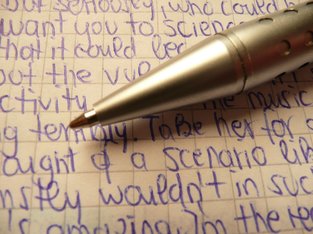 TREASURE MAP In preparing, we can simply follow this treasure map in reverse order,starting with: Values- ‘The regard that something is held to deserve; the importance, worth, or usefulness of something. Principles or standards of behaviour; one's judgement of what is important in life.’ So our first step is to decide what you are for. DREAM Dreaming vividly, whilst feeling can be like a compass towards real experiencing. We have the magical power of imagination and we have the power to create beliefs, visions and desires that feel like reality. You can call this delusion or you can call it dreaming, this is just a choice of perception. If you don’t know what you want then allow yourself to dream and work backwards from there. If you want to go to space, what could be the easier dreams, the steps on the way to the cosmic dream? Allow playful imagination - get comfy and dream as if you were 10 years old! WRITE Start by writing it down. This brings it one step closer to reality and we can begin the process of discovering of reading it back, tweaking it, making it believable, more plausible and open to scrutiny. Eventually, with repeating this process we might discover or even create the reasons why we are here. If you’re interested in doing this now, you could start by answering 5 easy question - 2 minutes on each question - then once you are done Blu Tack it on the wall. Answer these ambitiously, but within the realms of possibility - you’ll just have to gauge that for yourself. The 5 questions: What do you want to…
"You gotta be before you can do, and you've gotta do before you can have." - Zig ZigIar MISSION This begins to shape up a Vision, Mission, Reasons and Legacy for you. You can tweak and adjust them, but at least you’ve begun to make sure you are going in a good direction. You know what you want and why you want it. You can elaborate on this every few months - make tiny course corrections. Then you can really start to think more clearly about the specific 'how', this forms the plan of action. I like to read back my mission and values every day. This burns it into my memory and allows me to ask myself “is this in line with my vision” whenever I spend time on work. I have my own mission, vision and reasons, which I laid out in my online manifesto. My personal ones are kept in my private files, some of which are part of the links at the bottom of the blog. 2. TRAIN THE CREW WITH HEALTHY HABITS AND CHECKLISTS
“Excellence is not a singular act, but a habit. You are what you repeatedly do.” - Aristotle. If you want to set in any healthy habit, I suggest:
Once the habits are set in they will serve you for a very long time. Make sure you tweak them occasionally - review them to make changes once every year. We also want to build your values into your habits. We can do this using affirmations and in the wording of the habits.
3. CHECK THE MANIFEST OF TOOLS AND RESOURCES: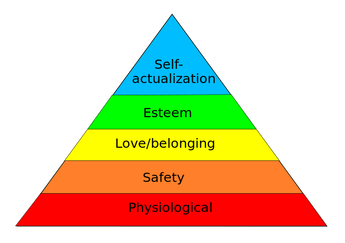 Maslow's hierarchy of needs Maslow's hierarchy of needs In order for our journeys to go well we must make sure we have provisions and tools. Tools help us fix things when they go ‘wrong’ and provisions are there to keep us going. They are our fuel. Your main resource is your presence and your passion, and those things emerge effortlessly from your habits and from the meaning you assign to this work (steps 1 and 2). BASIC NEEDS Your other essential resources are the basic physiological needs on Maslow's hierarchy of needs: air, food and fluids. For this reason make sure you have healthy foods and begin your work day by drinking plenty of water. Perhaps you can work these into your checklists, habits routines? (I use a tiny bowl of fruit/nuts to keep me going every day). Also take a breath before you start (part of the FLIT, described in Part 2). The importance of breath in bringing in the second need; a sense of safety, cannot be overstated. The breath tells the body ‘I’m safe’ if used well. If used unconsciously it often emits the opposite signal to the body. Control the breath for a moment and calm the mind. TOOLS This is one of the tools I pack on my voyage. Tools are important for when you get into trouble, but they therefore require practicing using them ahead of the time you need them. An effective tool in the hands of a practiced user cuts through the stress and recalibrates the machine. The most powerful machine in our work is our mind-body. The most common faults of the mind-body are stress from compulsive negative thinking - thoughts that get lost in fear-based fantasy. Here are three tools I use to combat this common problem:
If you are interested to learn any of these tools or want me to help you create your own please contact me. With these tools and resources we are establishing a sense of safety, working our way up the hierarchy of needs. When we have met more of these there is less resistance to starting our work and working well. The next need tops off the safety level and creates love and belonging, where you really start to enjoy your work. 4. ESTABLISH YOUR TRUSTED SUPPORT NETWORK 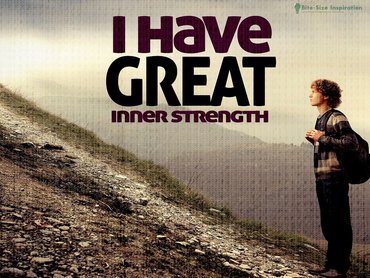 Example of a simple affirmation Example of a simple affirmation Establishing who you can trust when in troubled waters or during a mutiny is essential because if we allow ourselves to vulnerably share in our process and set up friendships where we can be seen, for whom we really are, this whole thing becomes a lot easier and lot more beautiful. Human connection is really what it is all about, after all. We are all in this together and if you can include others in your work, in a sharing, giving and loving way (not a demanding way) then you may find the saboteur of procrastination (which is trained and fueled by fear) may be eased and perhaps even dissolved by love. You may even begin to LOVE THE WORK! CHOSEN ROLES Part of this is thinking about the roles you have in life. I know I have 10 key roles, ranging from a mindfulness practitioner to a son and brother. I consciously think about and write down what kind of person I want to be in those roles, eg. ‘A caring mindfulness practitioner’, ‘a loving son’ and ‘a playful brother’. This seems simple, but it gets you to think about how you want to be in each role in your life. You can elaborate later, but start small - have a think now about your roles and write them down. YOUR FRONT ROW FRIENDS You will also have lots of friends, but amongst those friends we all have a front row - the few friends that you would trust your heart to and the ones you feel close to. It can be useful to remind yourself which ones these are. Write them down now. ESTEEM: BE YOUR OWN BEST FRIEND, FAN AND COACH The penultimate need is SELF esteem. With the list of roles and your front row friends you can internalise some of the things your friends are telling you, to encourage you. These are some methods I use:
CONCLUSIONS Coming back to Ghandi’s treasure map - we follow the line that values and habits leads us to and we start to realize that our subconscious and conscious mind now take care of things for us - we can relax and live through our actions, words and thoughts, safer in the knowledge that we have done all we can and we are on the right course. This all comes down to trust and confidence. Mindfulness can keep us noticing what we are doing that we don’t stray too far off course and once mindfulness becomes a habit that is as easy as brushing your teeth, then self expression flows into your work. Imagine the present self can thanking the past self for getting all this sorted. Right now, in fact, could you envision your future self-thanking yourself (as the past self) for preparing even ONE of these steps? Do it, now. Let me know how it goes and what you thought of this post. Feedback helps me. Bon Voyage! Archilochus - "we do not raise to the level of our hopes, we fall to the level of our training". 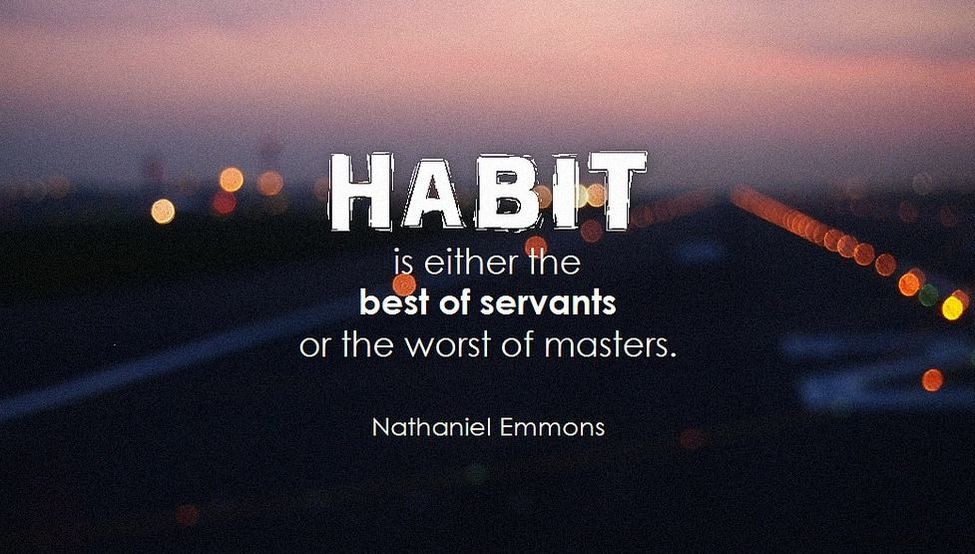 Finally some links I promised you: http://productivitygame.com/routines-morning/: A resource of inspiring blogs and self-help/productivity book reviews (with brilliant short videos). I use this often. The pomodoro technique: is similar to FLIT and allows to to measure your day differently. www.mariposacoaching.co.uk/workshops: Bristol locals can talk to Sarah if they are having trouble managing time and making better task lists. She runs courses and coaches individuals. http://sarahprout.com/start-here : If you want to set your intentions (be,do,have, feel) Sarah has created an amazing worksheet to work through. Takes a couple of hours (if you go quickly). The Miracle Morning book suggests 6 areas of focus for you morning routine, he calls Life S.A.V.E.R.S.(Silence, Affirmations, Visualization, Exercise, Reading, Scribing (journaling) https://www.neilstrauss.com/neil/healing-trauma/ if you feel severely traumatised and want to develop understanding see what you think of Neil Strauss’ look at trauma. My resources: A sneaky link that gives away all of my secrets. Don't tell anyone. As the Part 1 said - Fear manifests as resistance and resistance is the body’s natural response to pain. Apathy, distraction, procrastination and confusion are all tools of resistance, designed to stop us from facing the truth and doing our work. Somewhere in our subconscious we have associated work with ‘pain’, so now we procrastinate, to avoid the pain. But why have we made this association in the first place and how can we overcome it? We will address these questions, later, but let’s start by addressing the issue at hand - overcoming procrastination, here and now. QUICK FIXES If we are procrastinating then we are leaking energy and time. It’s like we are a ship in a storm - with lot’s of holes because some of the boards on the hull don’t align - we are leaking and becoming heavy. If we’ve been really disorganised or a disaster has struck, then the ship might even be on fire. This is like when you have a series of ‘really urgent’ things getting in the way of your longer-term fulling work. Those things you will just need to deal with - as my friend Tom Robinson used to say:: “Run towards the fire” which I later found out came from the last page of the book: Salty Dog, by Gloria Rand.  A leak somewhere? A leak somewhere? PATCH IT But then there are times where the problems are not apparent. Your ship is ok, but you are confused, procrastinating and adrift - slowly letting on water. This is almost more dangerous than a fire, because it will sneak up on you. Quick fixes are needed to address this leaky ship - patches. Tape them to your desk or just use them now. It helps to have a to-do list and know roughly what one wants to do. (if you don’t, check my links at the bottom.) Here are my top 3: 1. Set a timer and turn off distractions. At the start of your work time set a timer, get focused on the task at hand - even if that task is writing your to-do list. Set 25 minutes. Turn off your devices and distractions for that time and just do one thing. Then, when 25 minutes is done, progress to no.2. 2. Next, get up and FLIT to something else for 5 minutes, regularly. Flitting is what hummingbirds do - (and I like to imagine a repair team flitting between repairs on the ship) skillfully and gracefully moving and changing location, easily and calmly, looking up every now and then to survey the situation. Be like this. Get off your bum, come away from the desk and practice this simple thing. BE STRICT - don’t cheat yourself by turning the timer off. Just get up now and try this. FLIT stands for:
This process involves first moving into your senses - to allow a reset between jobs. Moving your attention consciously from analysing to being, which resets the mind and places a punctuation between work and rest. Make sure you do this, exactly when the timer goes off, don’t put it off, even for a minute - get into the habit of standing up and doing a FLIT. It is often better to put something down whilst in the middle of it - so you will have motivation to come back and so that when you come back you can connect again easily. You may find you have to overlap your work, so you revisit the start of a chapter or take a minute to survey where you were - this is also very healthy, as it promotes wider awareness. This whole practice lubricates your ability to slip between work/rest states and stay in flow. Longer, smoother breaths, witha clear focus has been proven to calm the nervous system and longer outbreaths reduce CO2, further calming the body. Do this regularly and your stress levels stay balanced and you think clearer. This 45 minute video explains. 3. Take a single, tiny step. If you are finding this hard or overwhelming th that is because you are facing a seemingly ‘big’ task (like fixing the whole sinking ship) it can be daunting and starting is always the hardest part, so when you come back to work just commit to doing 2 minutes of something - a ‘tiny’ task! Do it solidly for two minutes (write one page, email one email, call one client). At the end of that congratulate yourself and tick the item. Celebrate and then do it again… this might get the ball rolling. This is a trick of the mind to overcome the starting energy. If the mind associates only 2 minutes of pain it will be more able to handle it than 2 hours of writing your thesis and trying to complete it this week! Just commit to 2 minutes - then celebrate! You will be making progress, just keep going. “The journey of a thousand miles begins with a single step.” - Lao Tzu Turning off distractions in work mode is a big help; turn off all phone/email/facebook notifications for each 25 minutes segment. This is focused work time. Remove all distractions possible for these short chunks. If you are worried that people expect an immediate response, you can add a signature line to your email, informing you only check emails 3 times a day. This focuses you and seals some of the energy leaks. You can even measure your time in these 25 minute chunks and this is known as the pomodoro technique. Doing less and achieving more is all part of mindfulness.  YOU ARE OK Before we continue, a caveat. All of this is, of course, all a metaphor. I want you to understand that you are perfect as you are - you are growing and learning, but you are already a success, because you made it here to enjoy the human experience. Nonetheless, we all have a play to take part in, if we wish to, a journey that we can choose to undergo. Our minds like to think in analogy, metaphor and story, so I have presented these ideas to help you (and myself) out to get a handle on your life and start to consciously steer the ship, if you want to. These tools might give you that ability faster. Caveat over. BECOMING SHIPSHAPE If we have a struggling ship and you have been in rough seas for a while then you need to get that ship into a safe harbour so that we can look at it without the bombarding waves of your everyday demands. Then we can address the long-term questions like ‘where we are going?’ and ‘why?’ (bringing associations and values to our conscious awareness), train your crew (embedding healthy associations via routines), build up resources and tools (preparing for the long voyage) and connect with others, who might be able to help next time (building a support network). This may take time, so allowing for this introspection an hour in your day, or a few hours each week may be the starting point. If you can dedicate several hours over a weekend - get out of the house and treat yourself to this, it could be really beneficial. I’ll cover this more in Part 3: Preparing to voyage. PROCRASTINATION: HIDING FROM PAIN Before that it is important to think about the sources of our procrastination - which are mainly: our self- beliefs, worldview and associations & values. All your current habits and addictions are not the source of your procrastination - they are the symptom. In a very psychoanalytic way, let me explain; PAINFUL ASSOCIATIONS Growing up we learn to notice the sources of pain by looking for consistency in the things we were doing or thinking at that specific moment that we felt it (or leading up to it). We make associations from those observations. However, the severity of the pain combined with less awareness and coping resources (like that of a child) can lead us to draw conclusions faster, in a more confused way. If we can’t recognize the source of the pain then we might panic and make a rash association, which, until disproven, will create fearful internal reactions of tension around the object of our association. A good example of this is is a ‘phobia’, which is ‘a disproportionate internal fear response to something’, like if a child feels in danger when experiencing a confined space. This could potentially lead to claustrophobia in a later stage of life - and avoid small spaces. It is even more complex with the nuances of fear that lead us to procrastinate from our cherished work.
|
AuthorsNeil Morbey is a meditation teacher, group facilitator and inspiration guide for Positively-Mindful.com Blog Index
Archives
April 2024
|
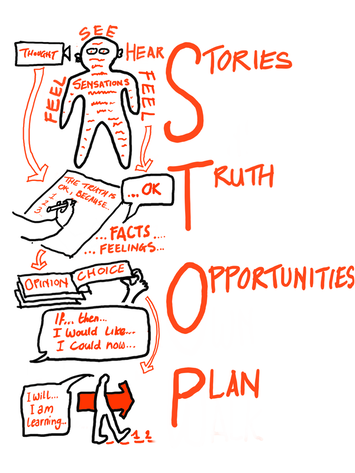


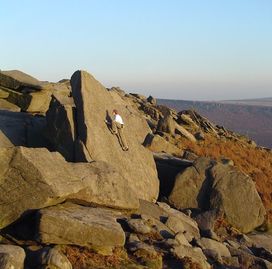
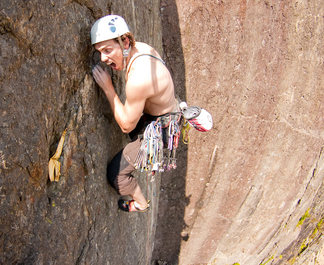
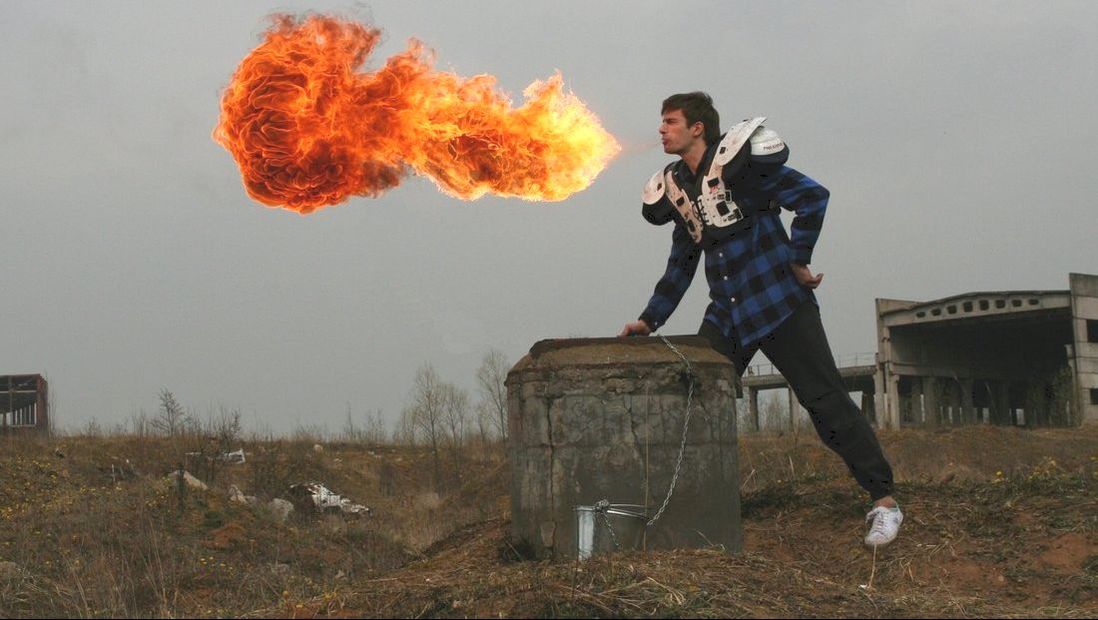
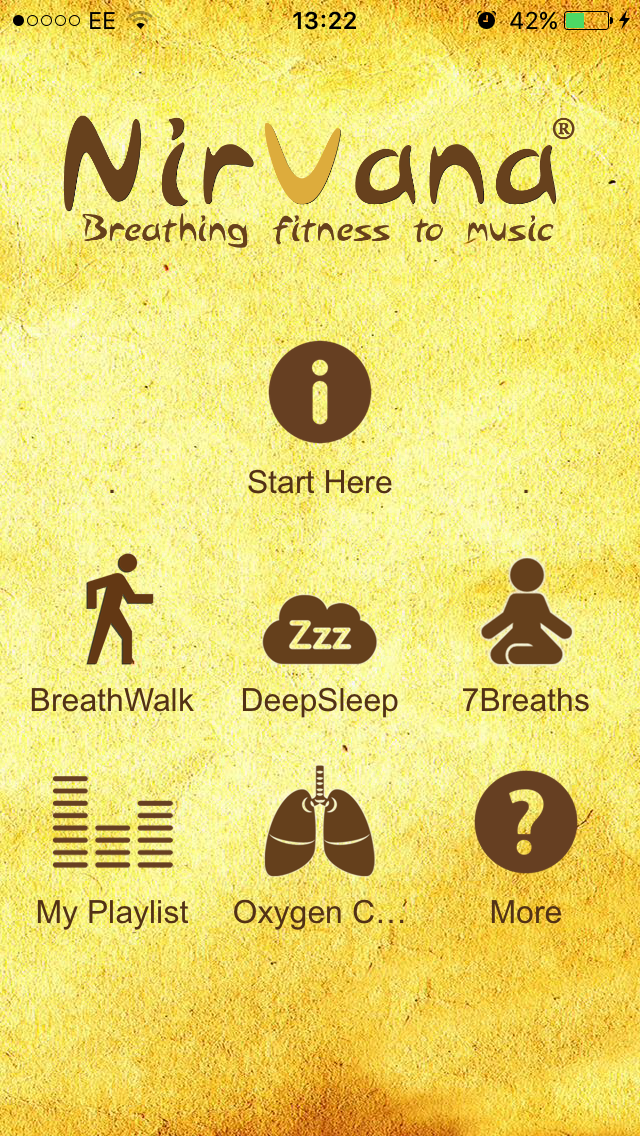
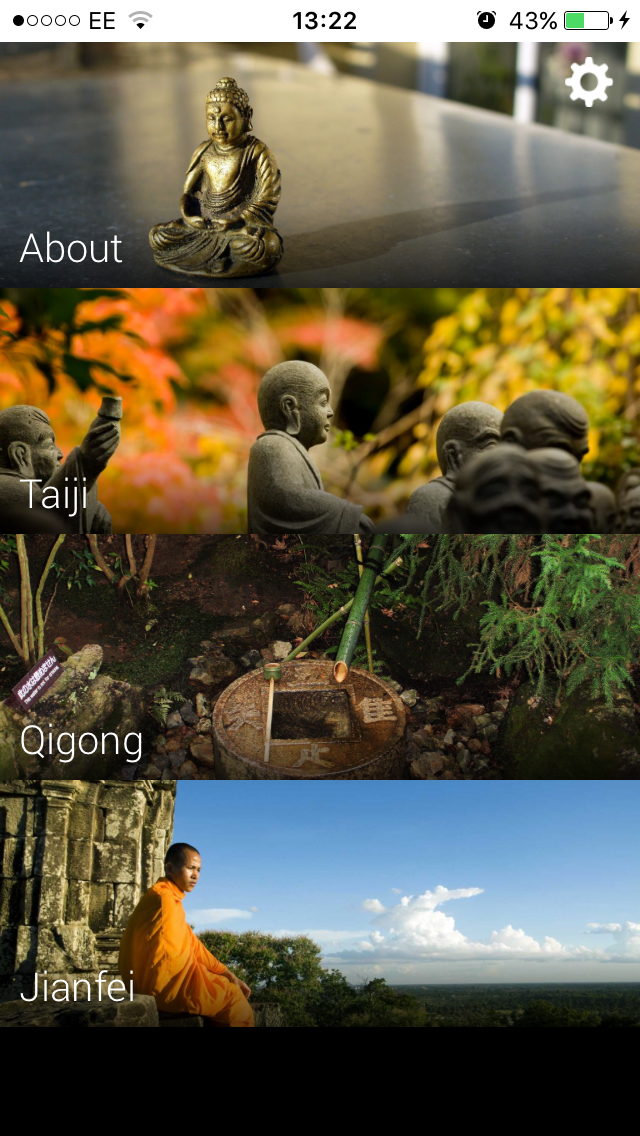
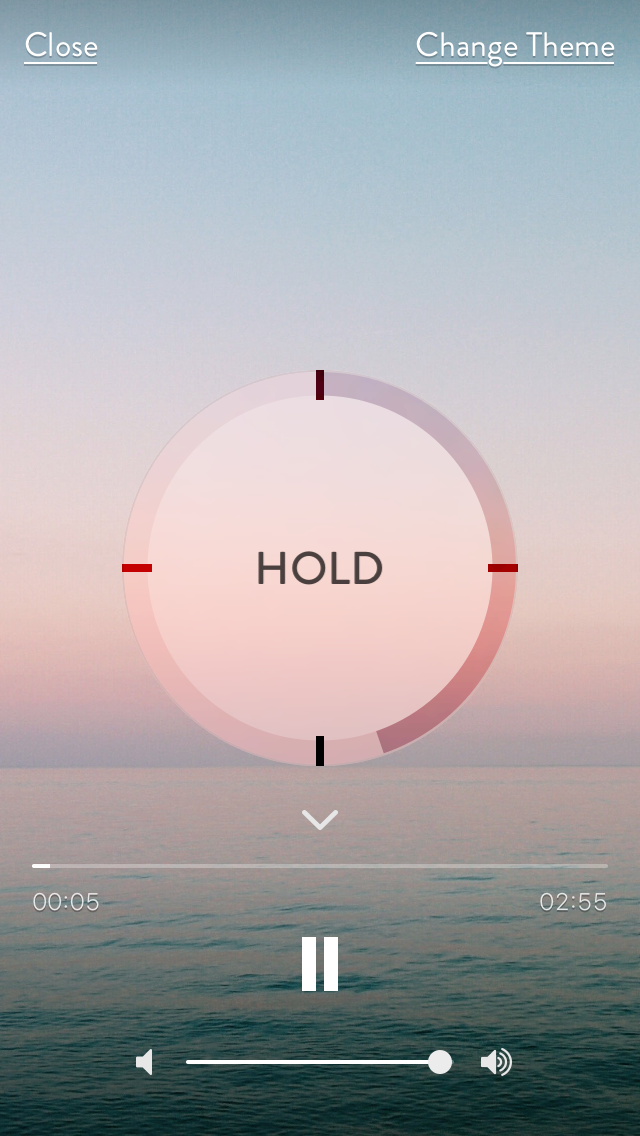

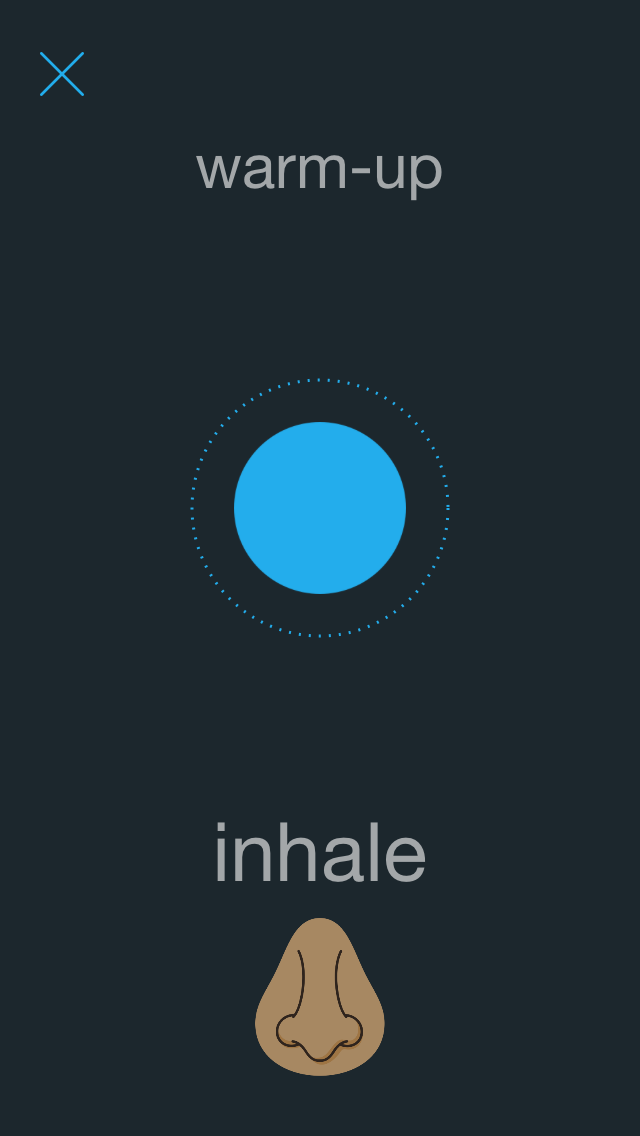

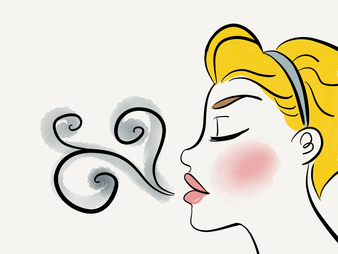
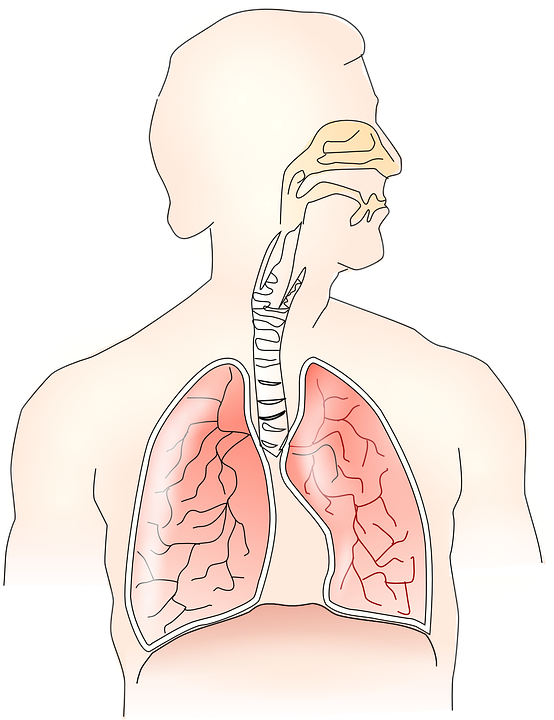


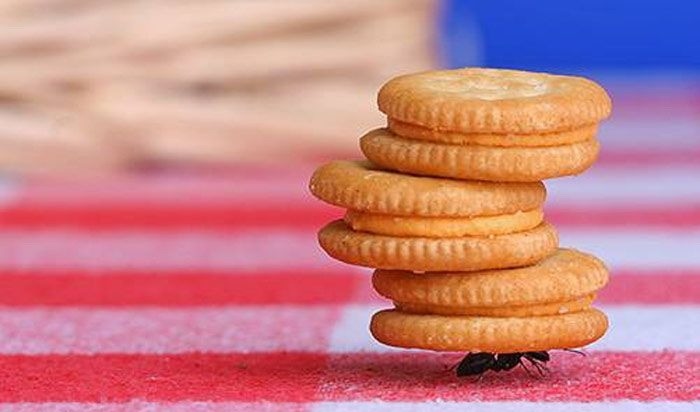

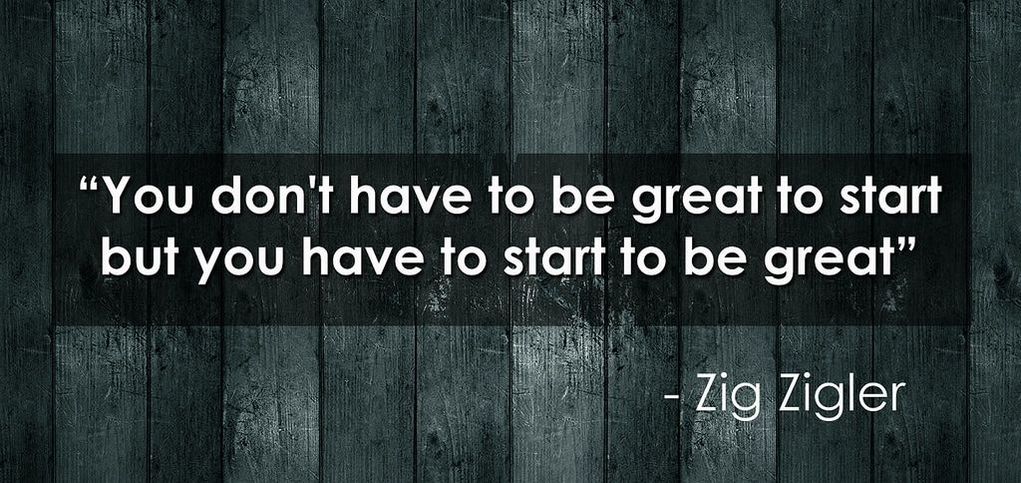

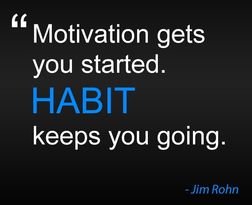
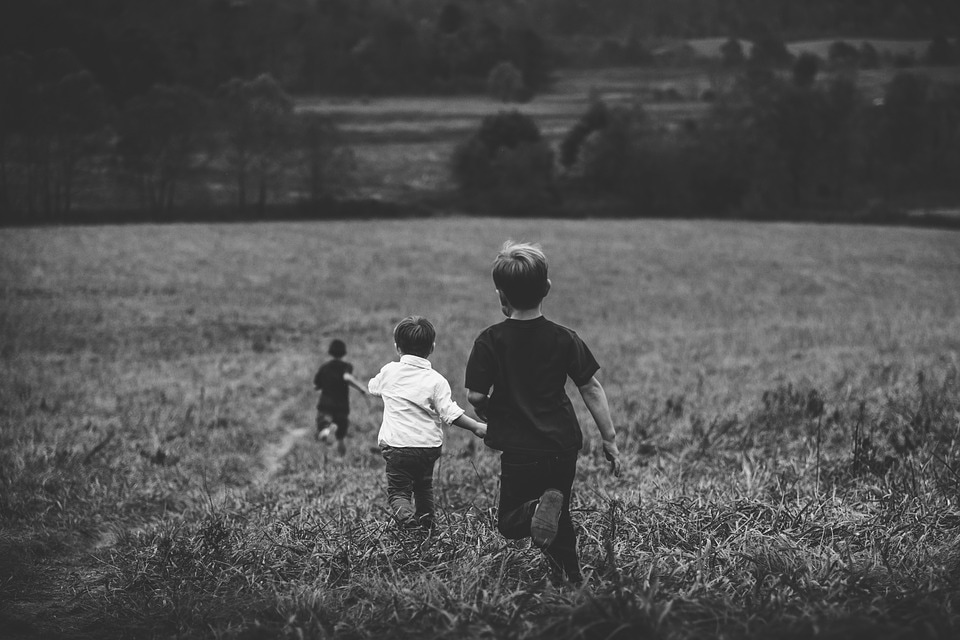
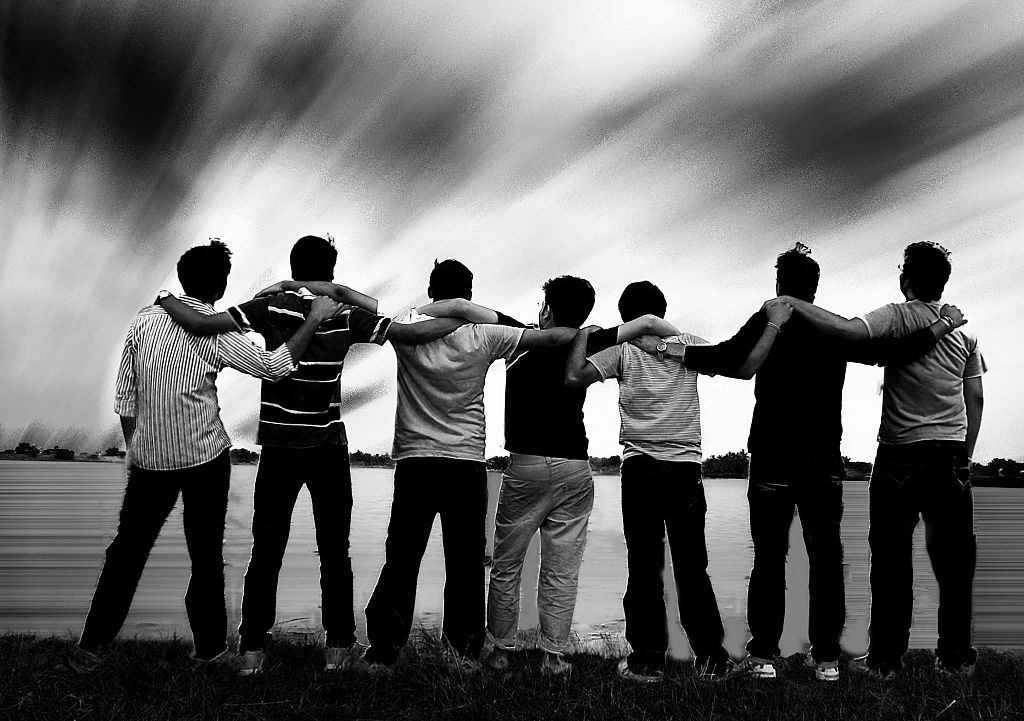
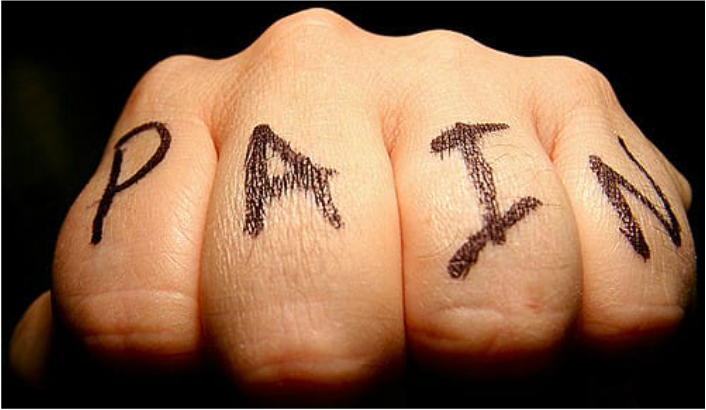
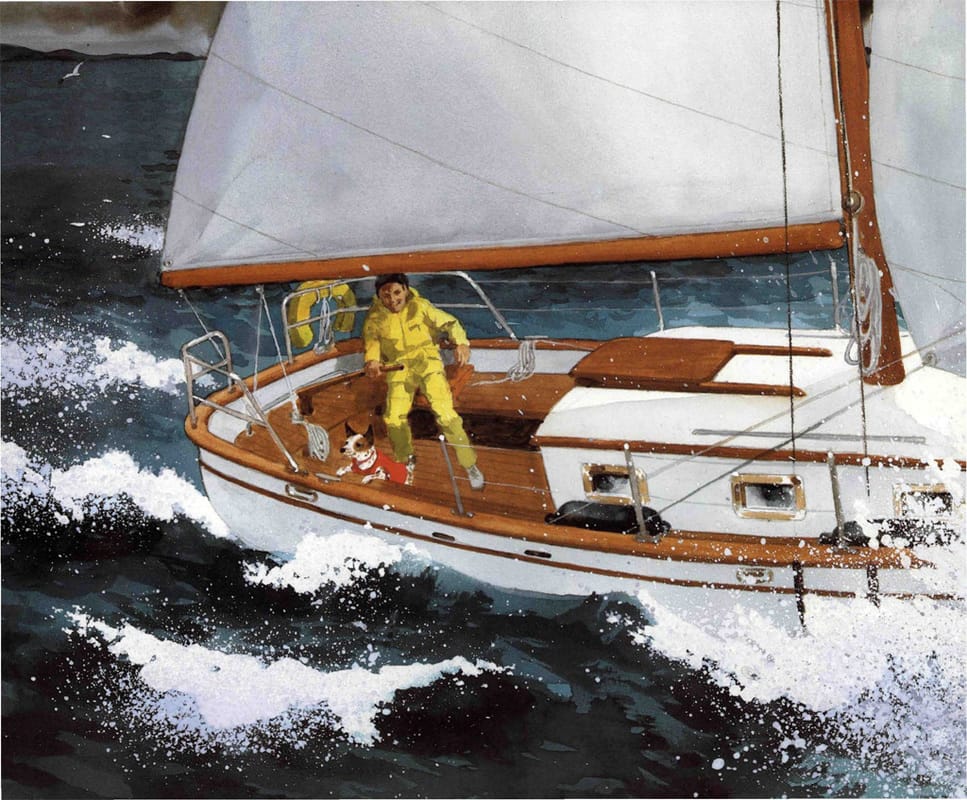

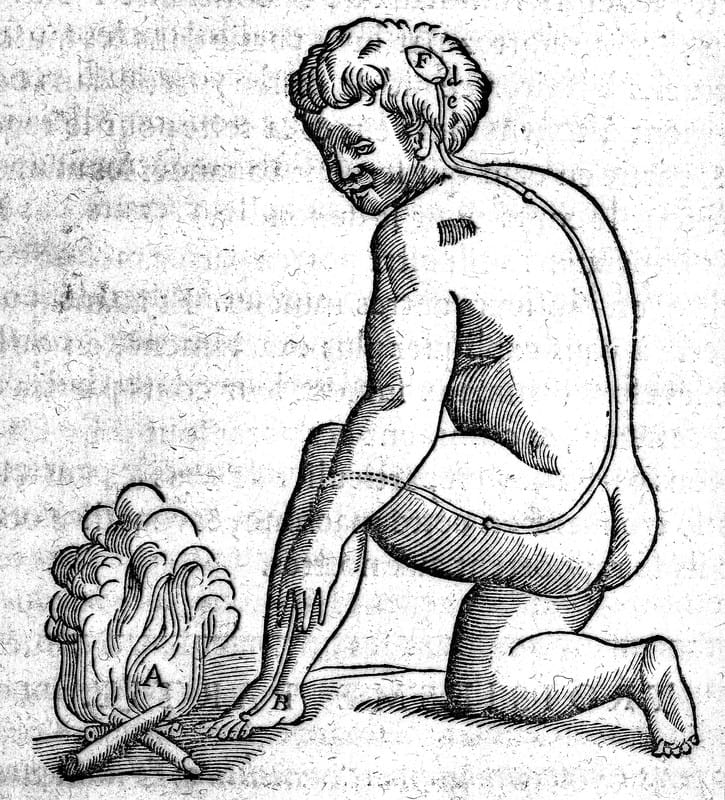

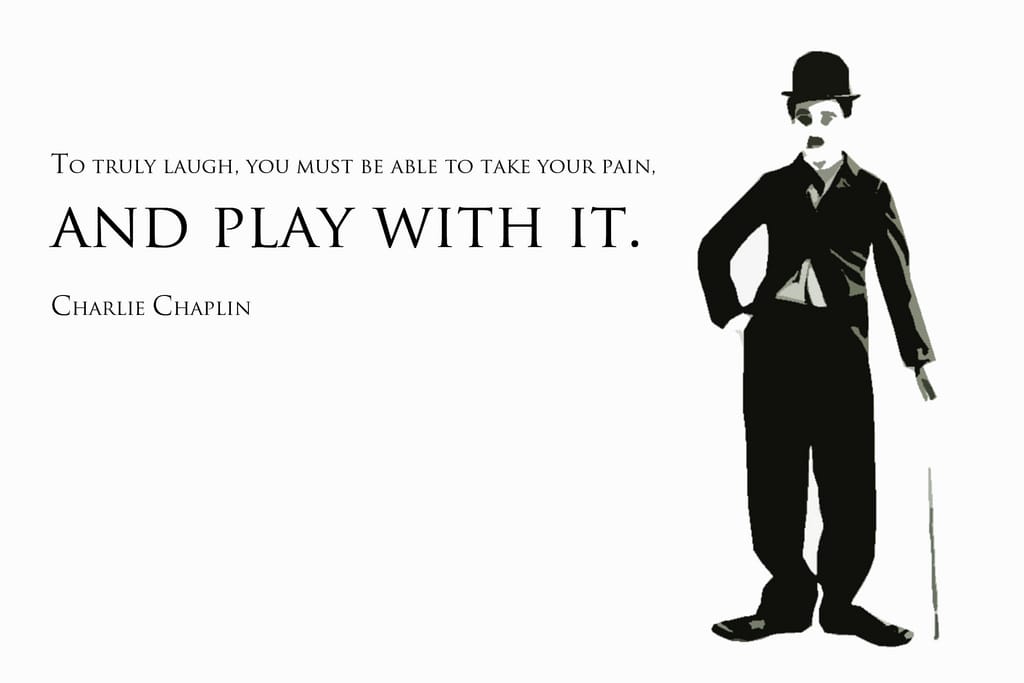
 RSS Feed
RSS Feed